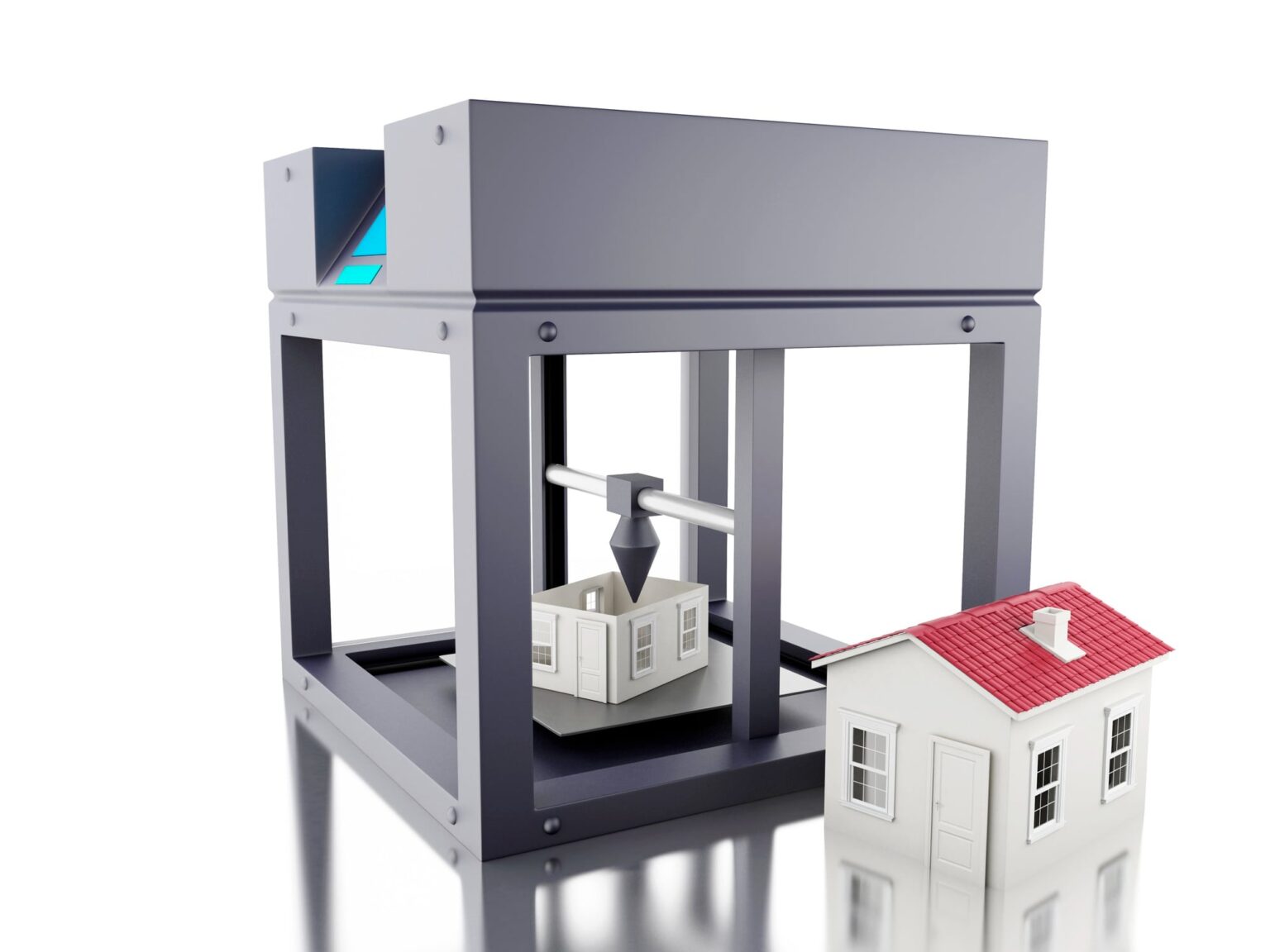3D printing, also known as additive manufacturing, is revolutionizing the construction industry by transforming building processes and design. This innovative technology enables the creation of complex, customized structures by layering materials and building up layer by layer. Here are some key ways in which 3D printing is reshaping construction:
- Faster and Cost-Effective Construction: 3D printing can significantly speed up construction timelines compared to traditional methods. By using automated machines to print building components or even entire structures, the construction process becomes more efficient, reducing labor and material costs. The ability to create structures on-site eliminates the need for extensive transportation and assembly, further reducing costs and improving overall project economics.
- Design Flexibility and Customization: 3D printing allows architects and engineers to explore complex and unique designs that were previously challenging or costly to achieve. The technology enables the creation of intricate shapes, curves, and geometries, providing greater design freedom. Customization becomes easier as 3D printers can produce tailored components based on specific project requirements, such as customized facades or interior elements.
- Waste Reduction and Sustainability: 3D printing in construction minimizes material waste as it only uses the exact amount of material required for the structure. Traditional construction methods often generate significant waste through cutting and shaping materials. Additionally, 3D printing opens up opportunities for incorporating sustainable and recycled materials into the printing process, further reducing the environmental impact of construction.
- Construction in Challenging Environments: 3D printing enables construction in challenging environments where traditional methods may be impractical or inaccessible. For example, in remote areas or disaster-stricken regions, 3D printers can be deployed to quickly construct temporary shelters or emergency housing. The technology’s ability to adapt to different terrains and conditions expands the possibilities for construction in diverse locations.
- Structural Strength and Durability: 3D-printed structures can exhibit excellent strength and durability. By optimizing the layering process and materials used, 3D-printed buildings can meet or exceed the performance standards of traditional construction methods. The ability to precisely control the placement of materials and incorporate reinforcement as needed enhances the structural integrity of printed structures.
- Construction Automation and Safety: 3D printing reduces the need for manual labor and repetitive tasks, leading to improved construction site safety. Workers can focus on overseeing the printing process, quality control, and finishing touches rather than performing physically demanding tasks. This automation reduces the risk of accidents, injuries, and exposure to hazardous conditions.
- Rapid Prototyping and Iterative Design: 3D printing enables rapid prototyping and iterative design processes, allowing architects and engineers to quickly test and refine their concepts. By printing scale models or even full-size prototypes, stakeholders can visualize and evaluate designs before committing to full-scale construction. This iterative approach helps optimize building performance, functionality, and aesthetics.
- Maintenance and Retrofitting: 3D printing technology also facilitates maintenance and retrofitting of existing structures. By 3D printing replacement parts or components on-site, it becomes easier and faster to address maintenance needs or adapt structures to changing requirements. This capability extends the lifespan of buildings and reduces the cost and inconvenience associated with traditional repair and retrofitting processes.
While 3D printing in construction is still in its early stages of adoption, the technology holds great potential to revolutionize the industry. As advancements continue, 3D printing is expected to play an increasingly significant role in creating sustainable, cost-effective, and innovative structures that push the boundaries of traditional construction methods.



